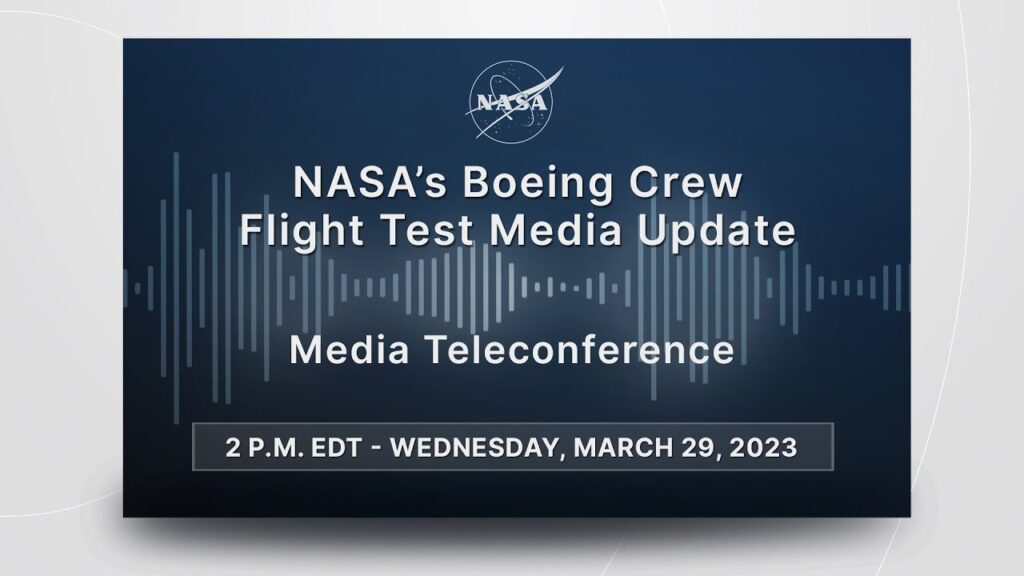
Orbital upkeep was at the forefront of Wednesday’s schedule aboard the International Space Station, but the Expedition 71 crew did have some time to conduct human health research and prepare scientific payloads for future operations.
NASA Flight Engineer Mike Barratt spent the morning completing tasks for the CIPHER investigation, collecting blood samples—with assistance from NASA Flight Engineer Jeanette Epps—and completing a cognition test. CIPHER, or the Complement of Integrated Protocols for Human Exploration Research, helps scientists on Earth pinpoint how the human body reacts to long-duration missions in space.
After human research activities wrapped, Barratt moved into the Destiny laboratory module to help NASA Flight Engineer Tracy C. Dyson install a vacuum jumper to the Major Constituent Analyzer, which checks the quality of the orbital complex’s air. The duo was then joined by Epps and NASA Flight Engineer Matthew Dominick for a midday conference with ground teams.
Epps also spent the day gathering kits for future Immunity Assay operations and setting up Kubik, an incubator designed to study biological samples in microgravity. In the afternoon, she worked on cargo operations, stowing items in Northrop Grumman’s Cygnus spacecraft.
Dyson and Dominick worked on additional orbital plumbing tasks throughout the day, inspecting the toilet after wrapping up maintenance and re-installing the port stalls to the bathroom. The duo also worked inside the station’s cupola, or “window to the world,” separately to clean the area and its seven windows.
Near the end of the day, Dyson removed and replaced samples from the Materials Science Lab and prepared the payload for its next sample run, while Dominick completed some on-orbit medical training.
In the Zarya module, current station Commander Oleg Kononenko ran the 3D printer, while Flight Engineer Alexander Grebenkin completed some computer maintenance. Later on, Grebenkin practiced his piloting techniques during a Pilot-T session, and his Roscosmos crewmate, Nikolai Chub, investigated the behavior of liquid phases exposed to different temperatures and vibrations in microgravity.
On Earth, NASA, Boeing, and ULA (United Launch Alliance) teams continue working remaining open tasks in preparation for the agency’s Boeing Crew Flight Test to the International Space Station. The teams now are targeting a launch date of no earlier than 4:43 p.m. EDT on Tuesday, May 21, to complete additional testing. For more information, please visit the CFT blog.
Learn more about station activities by following the space station blog, @space_station and @ISS_Research on X, as well as the ISS Facebook and ISS Instagram accounts.
Get weekly updates from NASA Johnson Space Center at: https://roundupreads.jsc.nasa.gov/
Get the latest from NASA delivered every week. Subscribe here: www.nasa.gov/subscribe




